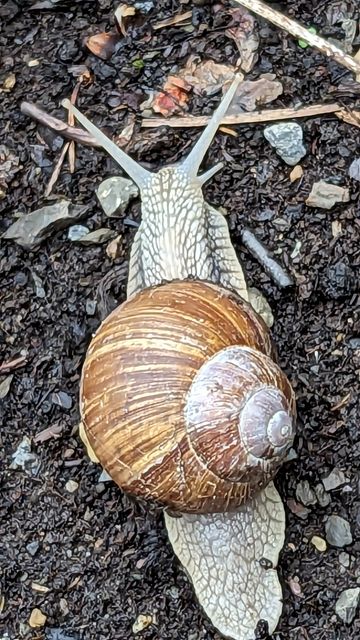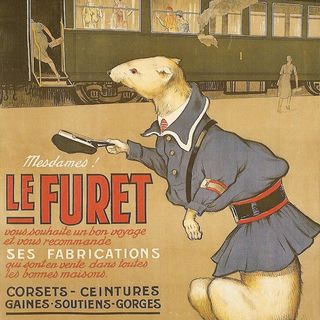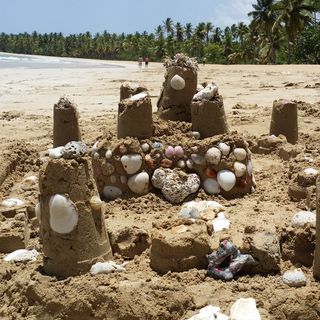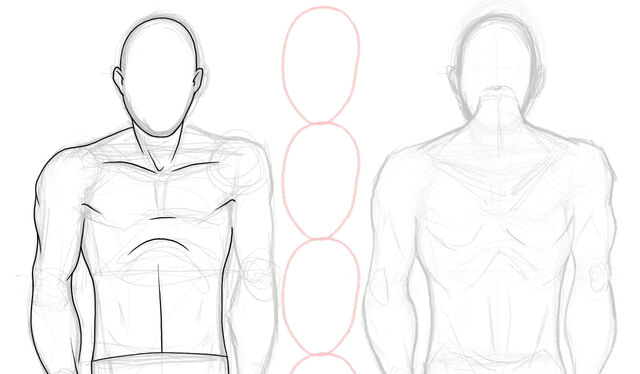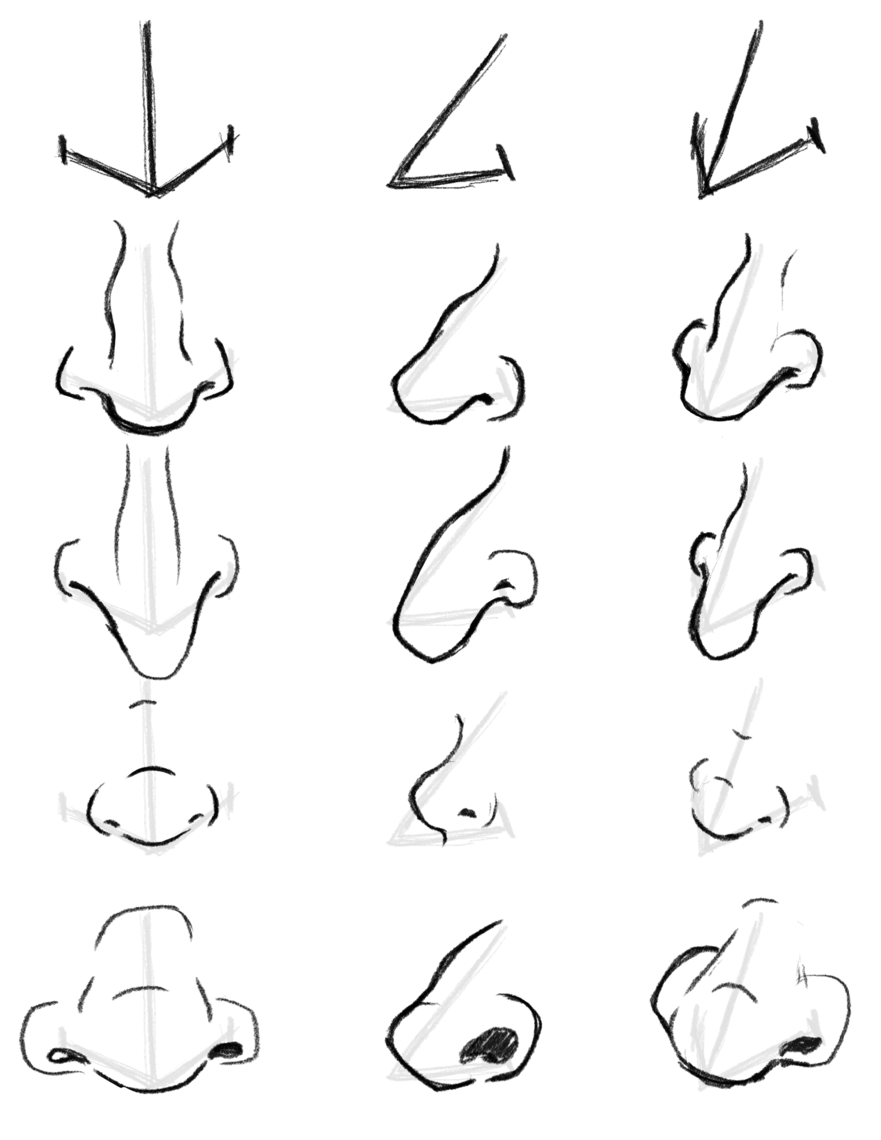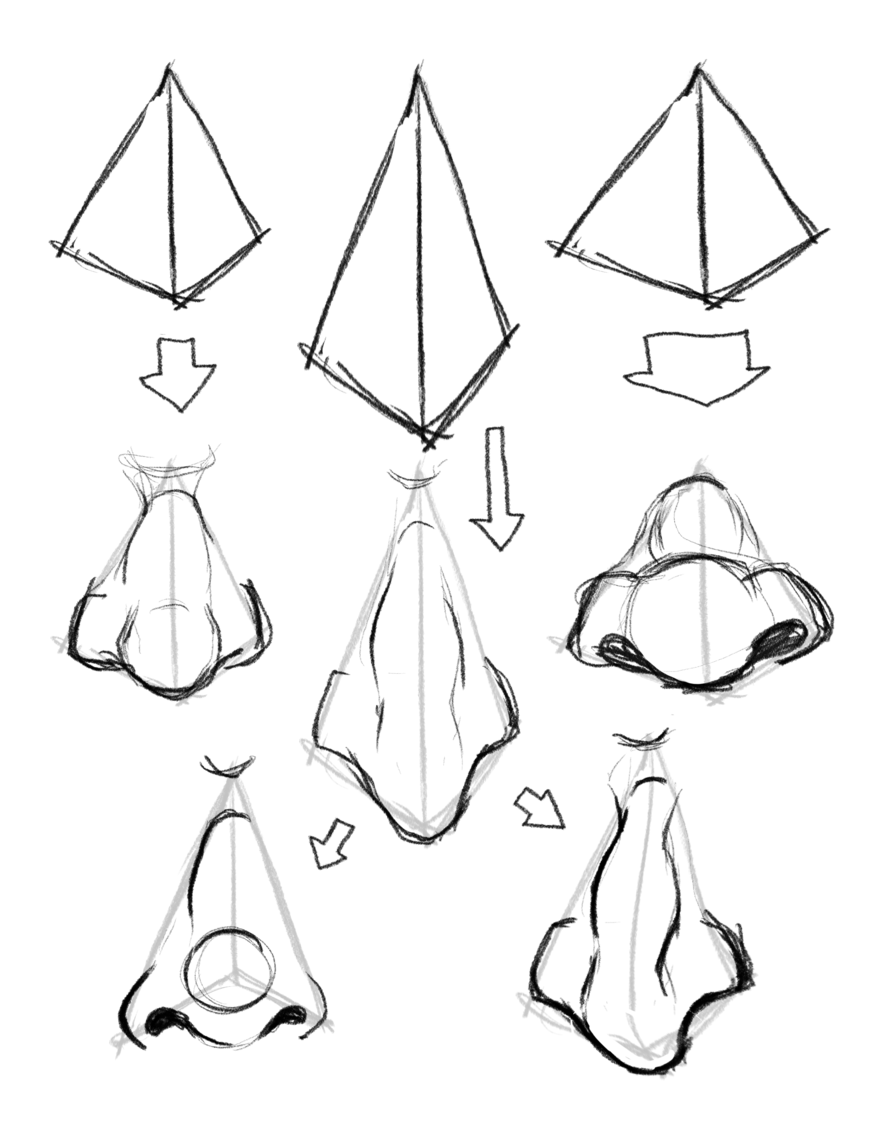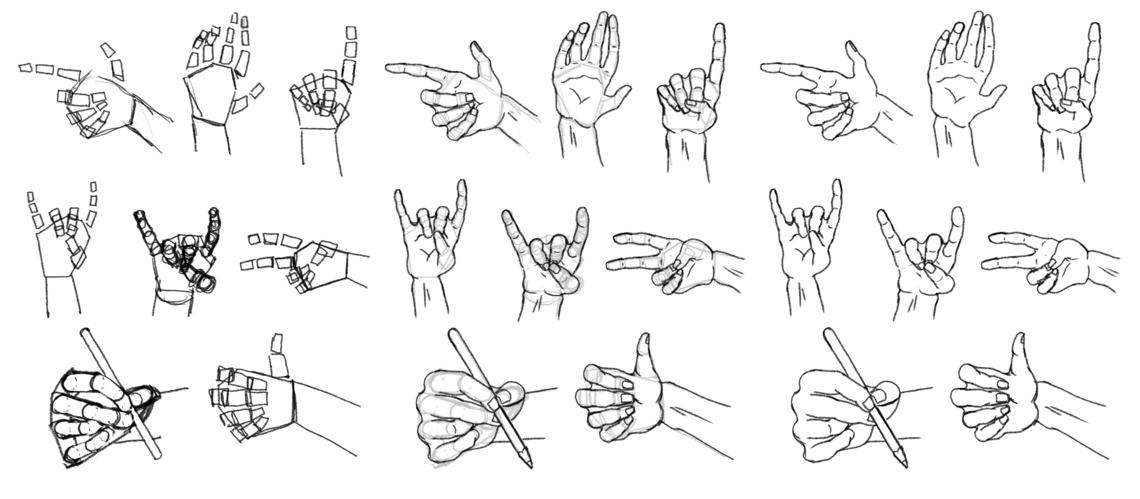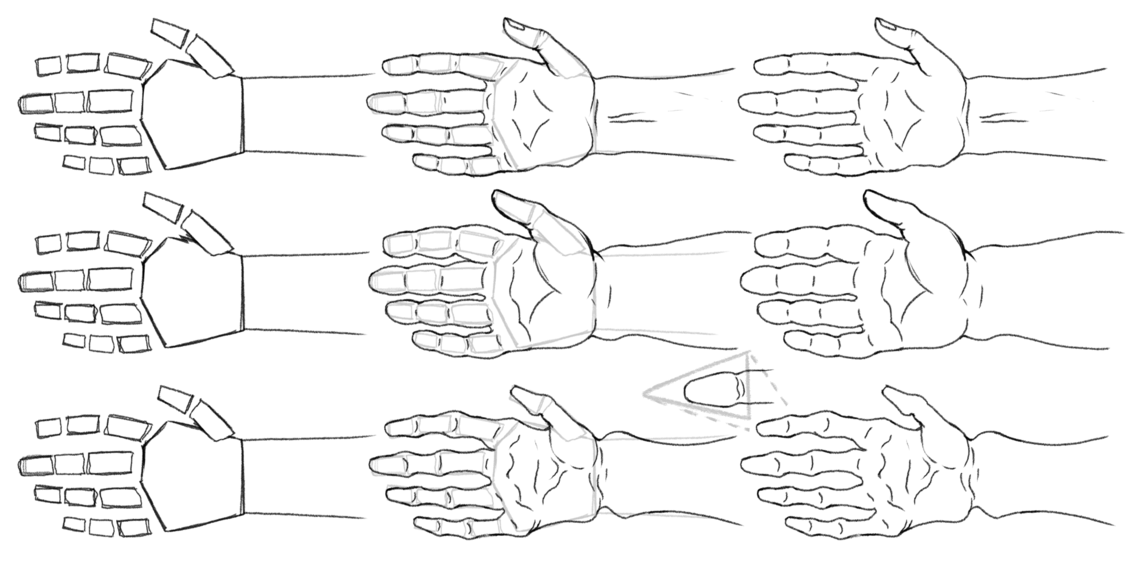Every day, I have always had a deep need for long quiet. It is more challenging to find in a blended family household of four children, and sometimes I feel so pushed and bent, like I am on a ride that is spinning me too quickly. My career, as it is now, is a difficulty, as the daily requirements of what I do and how it is structured relies on a personality and constitution that thrives on stress. I suppose at some point in time, this may have been me. My nervous system has declared otherwise.
There are times when I need to sit in a chair and have deep thinky thinks. I often do not arrive at any set conclusion, but I do know the process is important. Righ tnow I am in an orange chair with a floral foot rest. A cup of strong coffee is beside me and the silver light outside floods the living room and catches all the blues.
Outside the dahlias push up, the roses struggle as they lately do in our cloudy Junes. I have had breakfast: leftover kimchee rice with a freshly cooked egg. I wonder sometimes that all portions come in these giant containers lately. Anne wrote a post that intersected with many thoughts I have not been able to express. I have read it twenty times at least. Maybve more.
The other day, in Capitol Hill, in the center of the sidwalk, was a brand new Fischer Price Castle. It was in a battered box, dusty and kept in an attic or basement, but brand new. I picked it up and carried it home, set it on the table, and wiped it clean. I explored every inch of it, the yellow drawbridge, the staircase that swings out. This castle is over 50 years old, and we had one we played with. As an object, it stirred up old memories. Going into the co-op grocery, whole wheat bread, good food sweetened with honey, not sugar. Sprouts grown on the windowsill, handmade quilts. Handwritten cookbooks people would share, the beards and long hair of the late seventies, where, in Alaska, things had not shifted yet and people were hopeful, had moved to make change real. People came there to find themselves, and very often, they were the people who lived outside the system or were not accepted.
We were still five years behind the culture wave of the rest of the United States.
Shortly after we moved to Hawaii, and there the 1980's were in effect, materialistic and hairsprayed and those that lagged wore liesure suits. Another One Bites the Dust blared from the car stereos as we crossed the busy street on the way to school. It was a big change from the guitairs, and Gordon Lightfoot I'd known before. Wall to wall carpet smelling of chemicals, pools with people who came to be perminently on vacation, and heat, body oil, and that infidelity song about the man who places the ad in the paper. My father had cancer, I remember the smell of chemotherapy and vomit. We went through the trash in the park, gathering up tin cans to recycle.
My mother hated it, and after a few years we came to Seattle. I remember downtown, the child and teenage prositutes that congregated around Pike Place Market. We sat for long hours in Pioneer Square, feeding pigeons, while parents look for work or places to live. Coffee in paper cups, paper bags of popcorn. Long bus rides after being soaked in the rain, and a certain downtrodden hopelessness that filtered through everything. Boeing had done massive layoffs.
People in our neighborhood surrendered children to Child Protective Services, or sent them to live with relatives as there was no work, no food, and social services were thin. Dad was still ill, he'd walk around the waterfront looking for work, and he'd get free coffee from the Millionair's Club or places like that. My mom took us to pick blackberries by the side of the highway, or apples from some of the trees that remained after the road was built in, splitting up orchards. The Green River murderer dumped bodies.
The rain came down and drummed our roof, and she moved us to rural Washington. Economic despair was there, and we struggled. Some of my friends lived in "fifth wheelers" or single wide trailers with blue tarps over the roof. We lived in a convereted commercial chicken house. The smell of chickens was pervasive, and there was no insulation in the walls. The floors were plywood, and uneven, someone had simply stapled carpet on top of them and in places, used glue to hold it down, including the bathroom. The house was sinking into the mud, so we had to crawl underneath and use car jacks to push it up. We tore up the stained and mouldy carpet that was saturated with animal leavings from the people before, scrapped, pulled nails, and saved up to put down 3/4 plywood on the floor. We salvaged a couch from one of the outlying buildings, dried it in front of the wood stove which was our only source of heat, and accepted that it always had a damp smell. We could only afford one can of paint, so we watered it down to paint over the fly specs on the walls. We salvaged a dresser from the other buildings that had to be torn down as they filled with animal feces. We bagged up garbage, a mount of it as high as the house, dispersing rats. When the rats ran at us, the pitbull terrier dog Minnie we'd adopted from the local vet ran to defend her children. She grabbed rats and snapped their necks, sending them flying in the air. She was the gentlest soul, the greatest treasure and find of a dog. We cleaned the land, we allowed it to restore itself, to grow thick with vegetation where too many horses and cows had been kept. We learned the names of the plants, we learned the shape and flow of the subterranian river that flowed underneath it. At night, when we lay down, we could hear the river run under the house.
The property came with animals. The people before us had trapped wild geese and ducks, and then fed them so they stayed on the pond. We inherited a vast array of ducks of all kinds. We were unsure how to keep them, so my mother got books from the library and asked around. We tore down the chickenhouses built over the streams as it dirtied up the water in the pond. We set them free range, and I learned to outsprint the rooster and the gander. There were frogs the size of a throw pillow and as small as my thumbnail. I know how to start a fire and thaw and burn frozen wood. I can cook on a wood stove. We put in gardens and I found a nearby abandoned apple orchard, likely one of the original white colonial settlers to the area. We picked apples, Surveyor's Berries, blackberries, wild hazelnuts, mint, and dark rooted, thick, damp watercress before I knew the word "forage". Soon most of our food came from our garden. I explored the woods around, for miles and miles, sometimes with just a buck knife, or when I was older, a pellet gun or even a pistol. Strange to me to think that I had and carried my own pistol at sixteen, but there were still cougars and other wild animals you may want to scare off.
The library in town was tiny, but so good. It was the size of a master bedroom, and right beside the jail. I read so much from there, and I rode the school bus and hated the local schools and eventually commuted out of our rural community to a private college prep school. It took me a car ride, three buses and an hour and a half each way but I did it and then I got a scholarship to NYU. The morning I left for New York City I got up and walked down to the duckpond, one last time.
These are all the parts I carry inside me. Despite the struggles of that time, my nervous system was not a wreck from how we lived. There is a centered part of me that knows that much in me can be solved by the pure joy of physical labor that betters a place. Inside me is a girl who finds abandoned orchards, who always knew how to make cookies and tea from scratch, who knows that the joy of a salvaged couch means that there is no harm a dog can do to it and thusly the dog can always sit on the couch. I loved the people I met and how they taught me. How to catch a fish and cook it on a campfire, but not in an REI camping sense. How to read a river, follow tracks, find a trail. Fridge pickles, the merit of coffee grounds, how to layer cardboard to make a garden.
I am born and live with hope in me, it is a feathered thing, indeed. It is in ducklings in the park, who know me and let me close, it is in the crows I feed in the alley, it is in the starling baby I found at the barns while riding recently. I thought it dead and picked it up, but once I saw it was still living I held her to warm her. There is a woman who lives and works at the barn, she speaks no English and I speak little Spanish saw me and came to me immediately. We both spoke bird, and hope, I passed the baby to her and the little bird is thriving now.
The summer I was thirteen I went back to Alaska. I worked with my aunt who groomed dogs. We groomed a lot of sled dogs. During my work there I met a woman who owned a fishcamp. We stayed overnight at her house, I slept downstairs, and admired the photographs of her from when she was young, and a model. Her name was Susan, and she left Seattle, and Mercer Island,t o come and live in Alaska, own her own fish camp, and wear nothing but soft flannels. I understand now a little why someone would do that, but at the time it did not make sense to me. I longed to work on a film set, to be in that world, and that she had it and left was confusing.
I do not want to own a fishcamp. I don't need a retreat from my life, but I need the interior spaces within me to be larger, expand, breathe.
I need to work, work is, actually, a pleasure of life, but I do not want it to destroy my body any longer. I need to separate the things thrust upon me that are the agreed upon things to panic about and be upset about and say, I will not. This panic that I carry during work, the hard feeling of my swollen lymphs, the fight or flight, I want to let this part go. I am freer when I do not need things, as I can work less.
I do not think people in my daily life know that these things are part of me. I still like a couch that can hold a dog. I still know where hidden rivers run in run.
I need to heal. I did not know it started here.
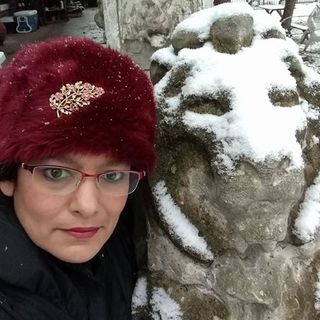 Summer 2023 trip learnings: # 1 - NORWAY BITS
7/24 '23
Summer 2023 trip learnings: # 1 - NORWAY BITS
7/24 '23
